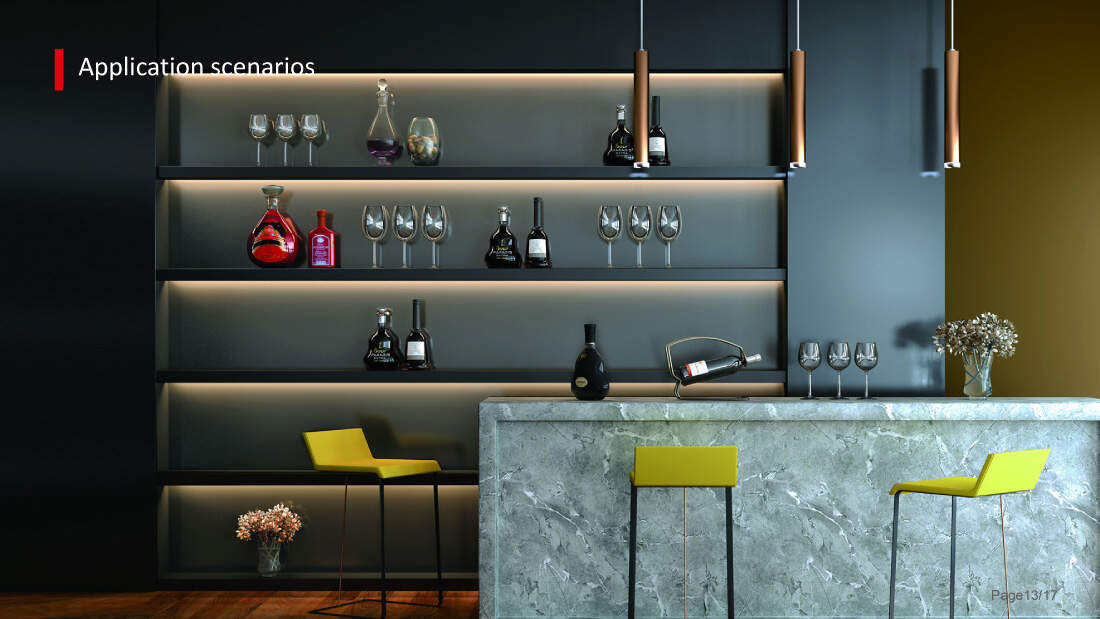Choosing the Right Lighting Temperature Color: Advantages and Disadvantages
June 13,2023
Lighting temperature colors refer to the color of light produced by different types of light bulbs. The color of light is measured in Kelvin (K), and different lighting temperature colors have different advantages and disadvantages. In this blog post, we will explore the advantages and disadvantages of different lighting temperature colors, and provide some examples of how they can be used in different settings.
Warm White (2700K-3000K)
Warm white lighting temperature colors are often used in residential settings, such as living rooms and bedrooms. They have a yellowish tint that creates a cozy and inviting atmosphere. Warm white lighting is also known to be easier on the eyes, which makes it a good choice for reading or relaxing. However, warm white lighting can make colors appear less vibrant, which may not be ideal for tasks that require color accuracy.
Neutral White (3500K-4100K)
Neutral white lighting temperature colors are often used in commercial settings, such as offices and retail stores. They have a neutral tone that is similar to natural daylight, which makes them a good choice for tasks that require color accuracy. Neutral white lighting is also known to be energizing, which can help to improve productivity. However, neutral white lighting can be harsh on the eyes, which may not be ideal for tasks that require long periods of concentration.
Cool White (5000K-6500K)
Cool white lighting temperature colors are often used in industrial settings, such as factories and warehouses. They have a bluish tint that creates a bright and crisp atmosphere. Cool white lighting is also known to be stimulating, which can help to improve alertness. However, cool white lighting can make colors appear washed out, which may not be ideal for tasks that require color accuracy. Cool white lighting can also be harsh on the eyes, which may not be ideal for tasks that require long periods of concentration.
Daylight (6500K-8000K)
Daylight lighting temperature colors are often used in outdoor settings, such as parking lots and sports fields. They have a bright and intense tone that is similar to natural daylight. Daylight lighting is also known to be energizing, which can help to improve alertness. However, daylight lighting can be harsh on the eyes, which may not be ideal for tasks that require long periods of concentration. Daylight lighting can also make colors appear washed out, which may not be ideal for tasks that require color accuracy.

In conclusion, different lighting temperature colors have different advantages and disadvantages. Warm white lighting is cozy and inviting, but may not be ideal for tasks that require color accuracy. Neutral white lighting is energizing and good for color accuracy, but can be harsh on the eyes. Cool white lighting is bright and crisp, but may not be ideal for tasks that require color accuracy or long periods of concentration. Daylight lighting is intense and energizing, but can be harsh on the eyes and may not be ideal for tasks that require color accuracy or long periods of concentration.
When choosing a lighting temperature color, it is important to consider the specific needs of the setting and the tasks that will be performed.